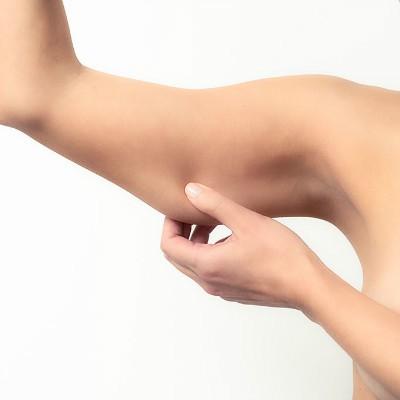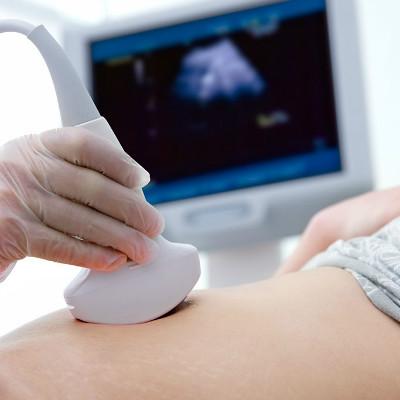How is oviduct block checked
summary
Patients with fallopian tube obstruction may have different degrees of lower abdominal pain, back and sacral pain, distension, falling sensation, bladder and rectum filling pain or emptying pain, or frequent urination, urgency and other bladder and rectum irritation symptoms. There are many reasons for tubal blockage. In order to prevent this situation, I'd like to introduce how to check tubal blockage.
How is oviduct block checked
First: during the examination, the patient took the pillow and supine position. Make an incision about 1-1.5cm long at the lower edge of the navel, and insert the special inflatable needle into the abdominal cavity through the incision. First, connect the carbon dioxide inflatable machine to fill the abdominal cavity slowly; after the inflation, pull out the inflatable needle and insert the puncture trocar. After pulling out the needle core, the abdominal endoscope was placed and the light source was turned on.

Second: inject normal saline containing methylene blue into uterine cavity through uterine catheter, and observe through laparoscopy. If the solution overflows into the pelvic cavity through the fimbria of fallopian tube, it indicates that the fallopian tube is unblocked; if it is not seen, if the solution overflows into the pelvic cavity through the fimbria of fallopian tube, it indicates that the proximal end of fallopian tube (ampulla and isthmus) is blocked.

Third, if the fimbria and ampulla of fallopian tube are dilated and thickened and blue stained, but no solution flows into the pelvic cavity, it indicates that the distal end of fallopian tube is blocked (ampulla and fimbria).

matters needing attention
After tubal blockage surgery, the diet of patients with tubal blockage should not only maintain the metabolic balance of patients, but also provide a variety of nutrients for the healthy development of patients.














